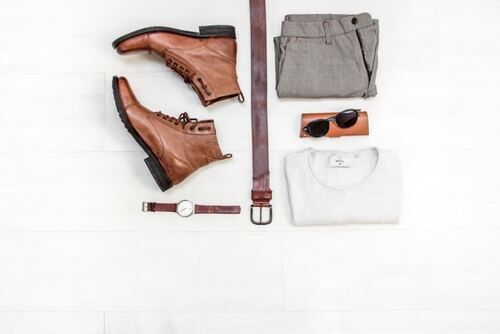In the lush and vibrant landscape of South Florida, palm trees reign supreme as iconic symbols of tropical beauty and allure. With a diverse array of species to choose from, each boasting its own unique characteristics and charm, palm trees offer endless possibilities for enhancing outdoor spaces. From the majestic Royal Palm to the slender and graceful Queen Palm, the variety of palm trees available allows for creative expression and customization in landscape design.
Royal Palms: The Regal Presence
Among the most distinguished palm trees in South Florida are the Royal Palms (Roystonea spp.). With their towering height, smooth gray trunks, and cascading fronds, Royal Palms exude an air of regal elegance. Whether lining boulevards, framing entrances, or standing sentinel in parks and public spaces, these majestic specimens command attention and evoke a sense of grandeur. Their timeless beauty and classic appeal make them a popular choice for landscape designers seeking to make a statement.
Coconut Palms: Coastal Charm
No symbol captures the essence of South Florida’s coastal lifestyle quite like the Coconut Palm (Cocos nucifera). With its swaying fronds, golden coconuts, and picturesque silhouette against the azure sky, the Coconut Palm embodies the epitome of tropical paradise. Whether adorning beachfront properties, lining waterfront promenades, or creating private oases in residential gardens, Coconut Palms infuse outdoor spaces with a sense of relaxation, romance, and escapism.
Practical Benefits of Palm Trees
Beyond their aesthetic appeal, palm trees offer a host of practical benefits that make them indispensable in South Florida’s landscape:
- Shade and Cooling: Palm trees provide natural shade, helping to cool outdoor areas and reduce the need for artificial cooling systems, particularly during the scorching summer months.
- Wind Resistance: With their flexible trunks and deep root systems, palm trees are inherently resistant to strong winds, making them ideal choices for coastal landscapes prone to hurricanes and tropical storms.
- Drought Tolerance: Many palm species are well-adapted to South Florida’s hot and humid climate, requiring minimal water once established. Their drought tolerance and resilience make them sustainable choices for water-wise landscaping.
- Wildlife Habitat: Palm trees support a diverse array of wildlife, providing habitat and food for birds, insects, and small mammals. Their presence enhances biodiversity and contributes to the ecological health of the region.
Incorporating Palm Trees into Landscape Design
When incorporating palm trees into landscape designs, careful consideration should be given to their placement, maintenance, and compatibility with other elements:
- Placement: Consider the mature size, growth habit, and visual impact of palm trees when selecting their placement in the landscape. Use them strategically to frame views, create focal points, or provide shade and privacy.
- Maintenance: While palm trees are relatively low-maintenance compared to many other tree species, they still require regular watering, fertilization, and pruning to thrive. Follow best practices for palm care to ensure their health and vitality.
- Companion Planting: Pair palm trees with understory plants, groundcovers, and hardscape elements to create visually appealing and functional landscapes. Incorporate native plants to enhance biodiversity and promote ecological balance.
Conclusion
In conclusion, palm trees are an essential and iconic feature of South Florida’s landscape, embodying the region’s tropical allure and coastal charm. From the majestic Royal Palm to the serene Coconut Palm, these towering specimens enhance outdoor spaces with their beauty, practicality, and environmental benefits. By embracing the diversity of palm species and incorporating them thoughtfully into landscape designs, designers can create outdoor environments that captivate the senses and evoke a sense of paradise.




